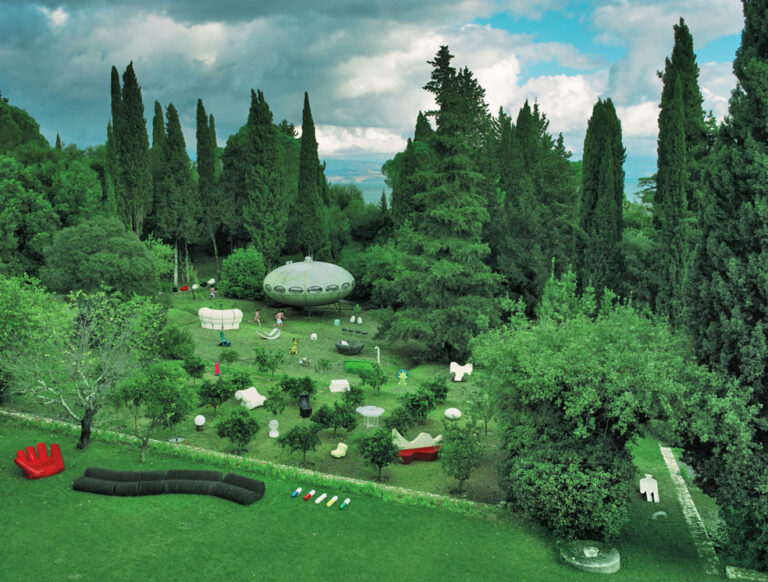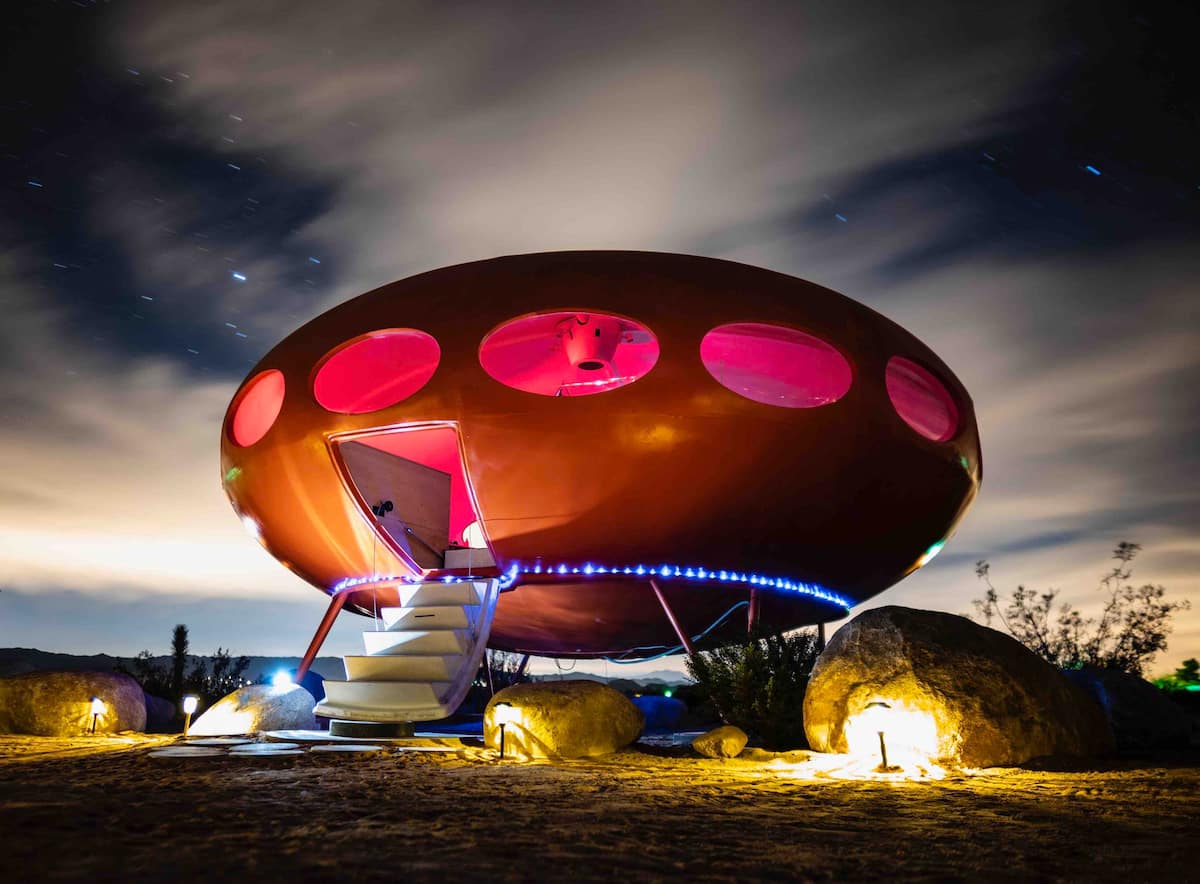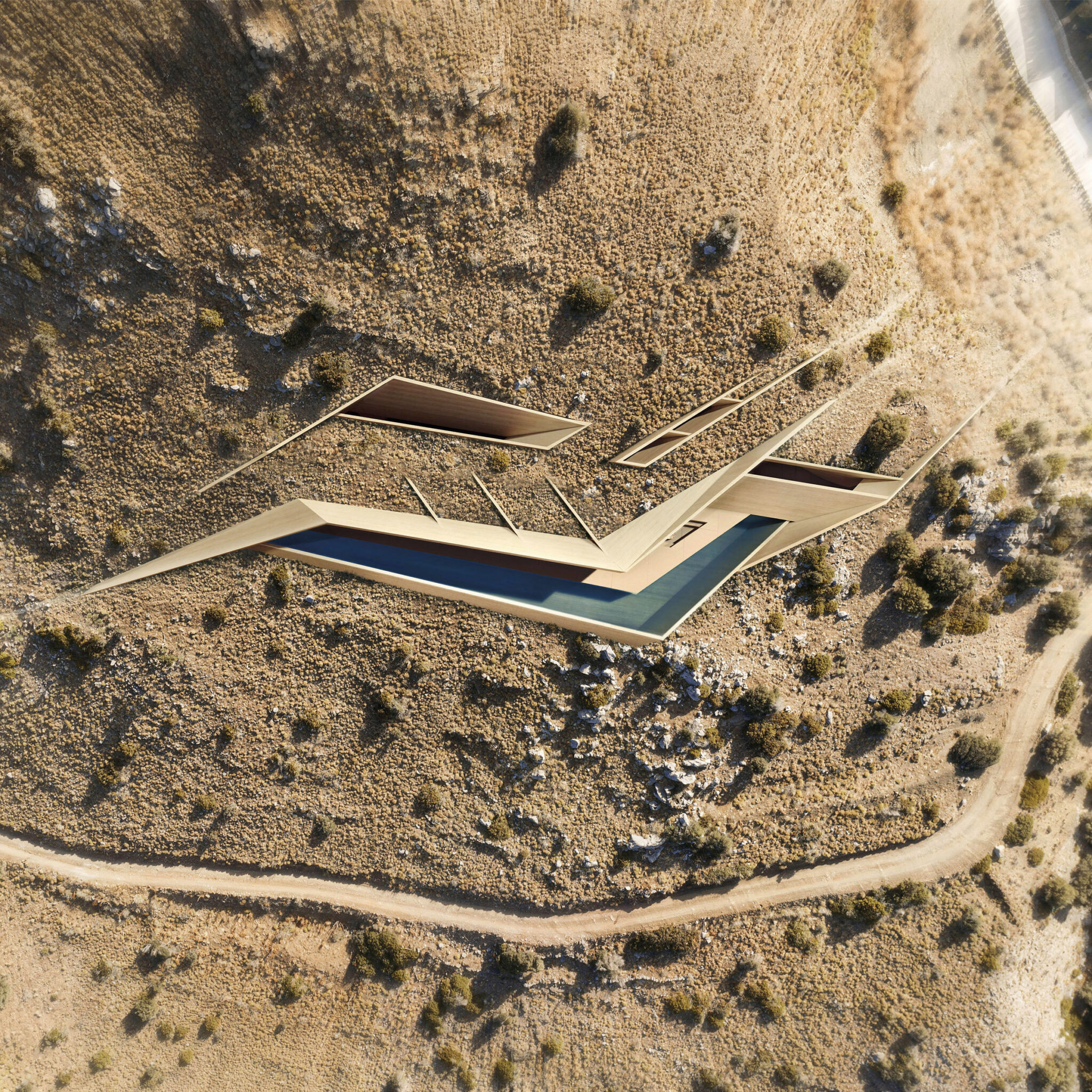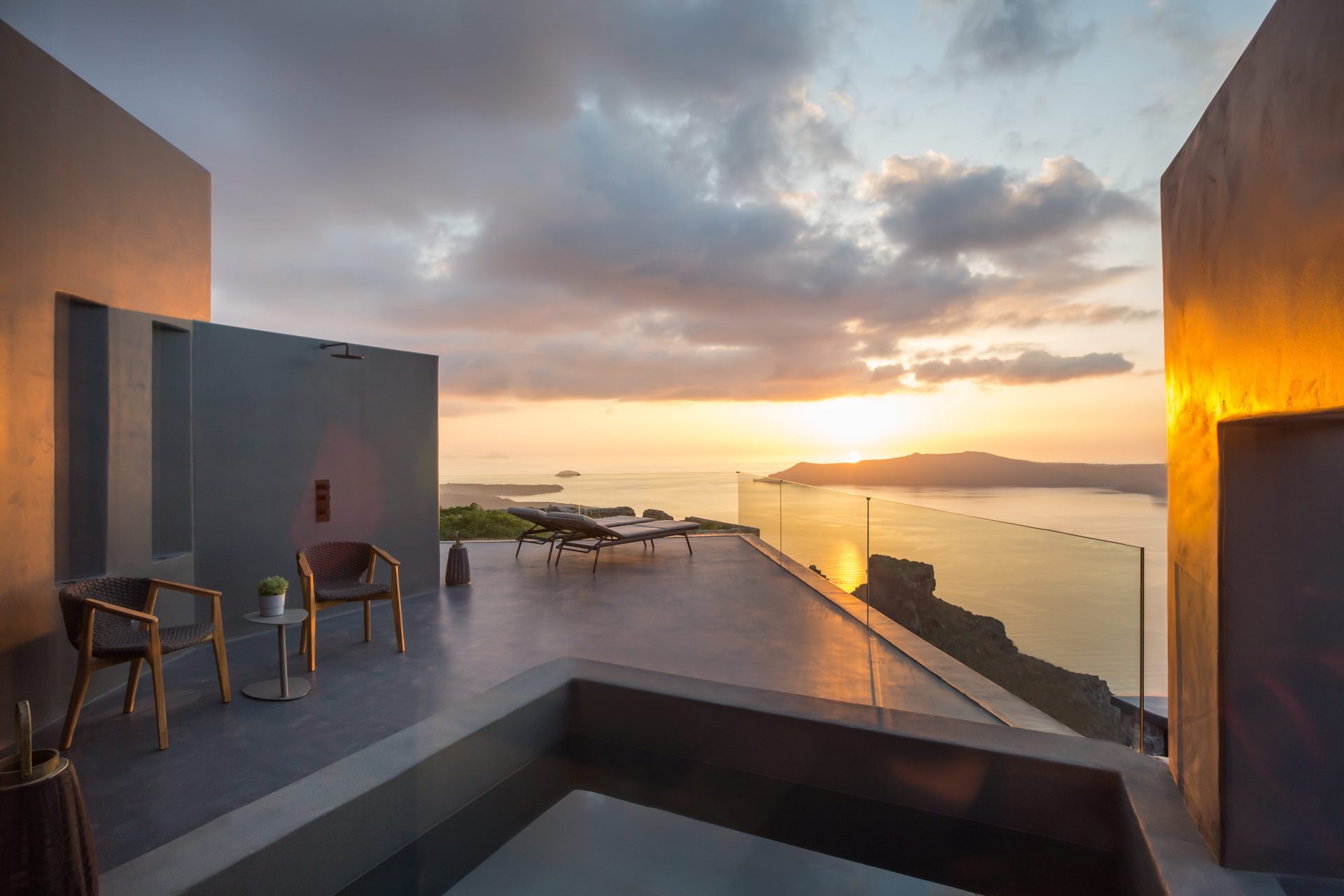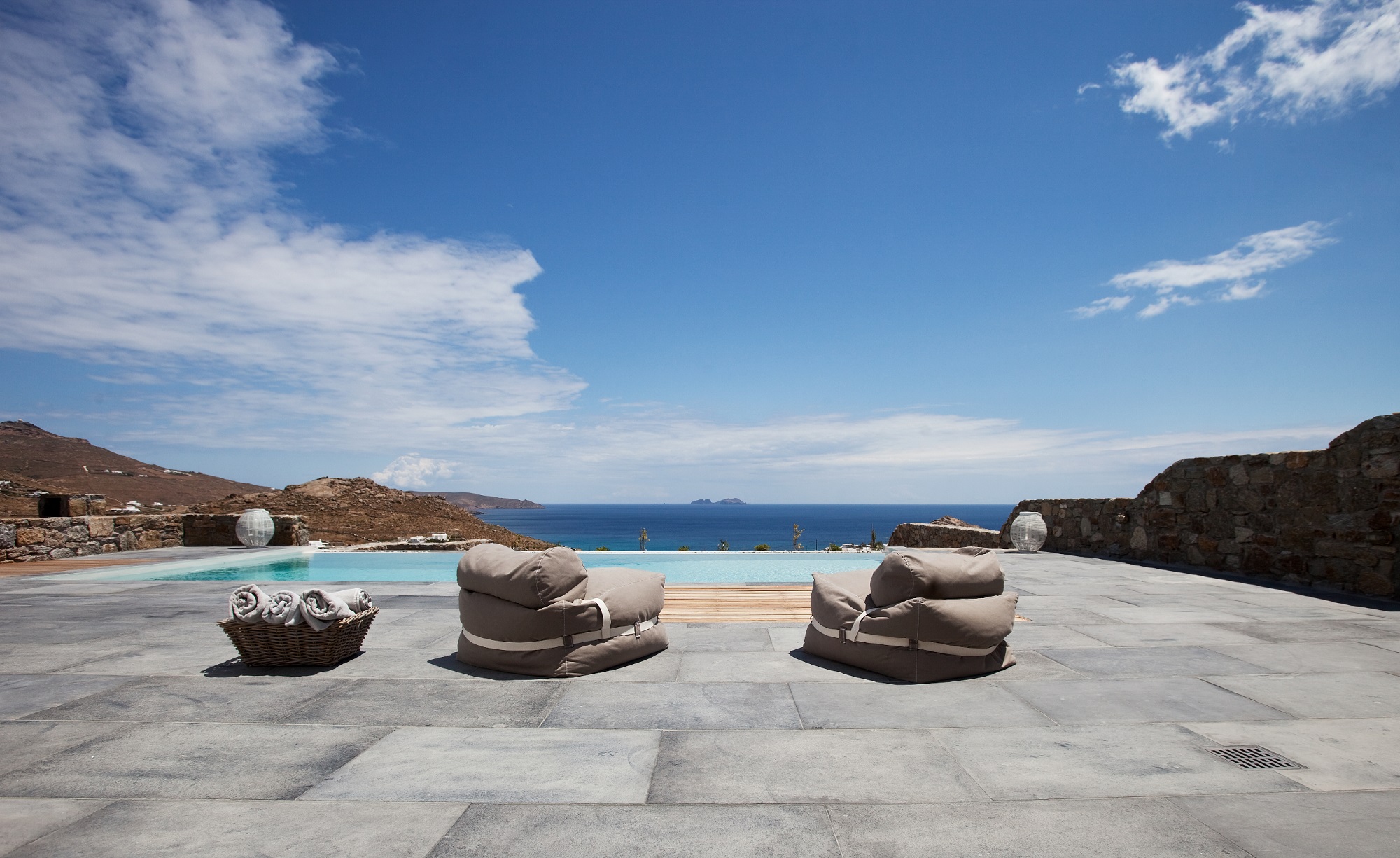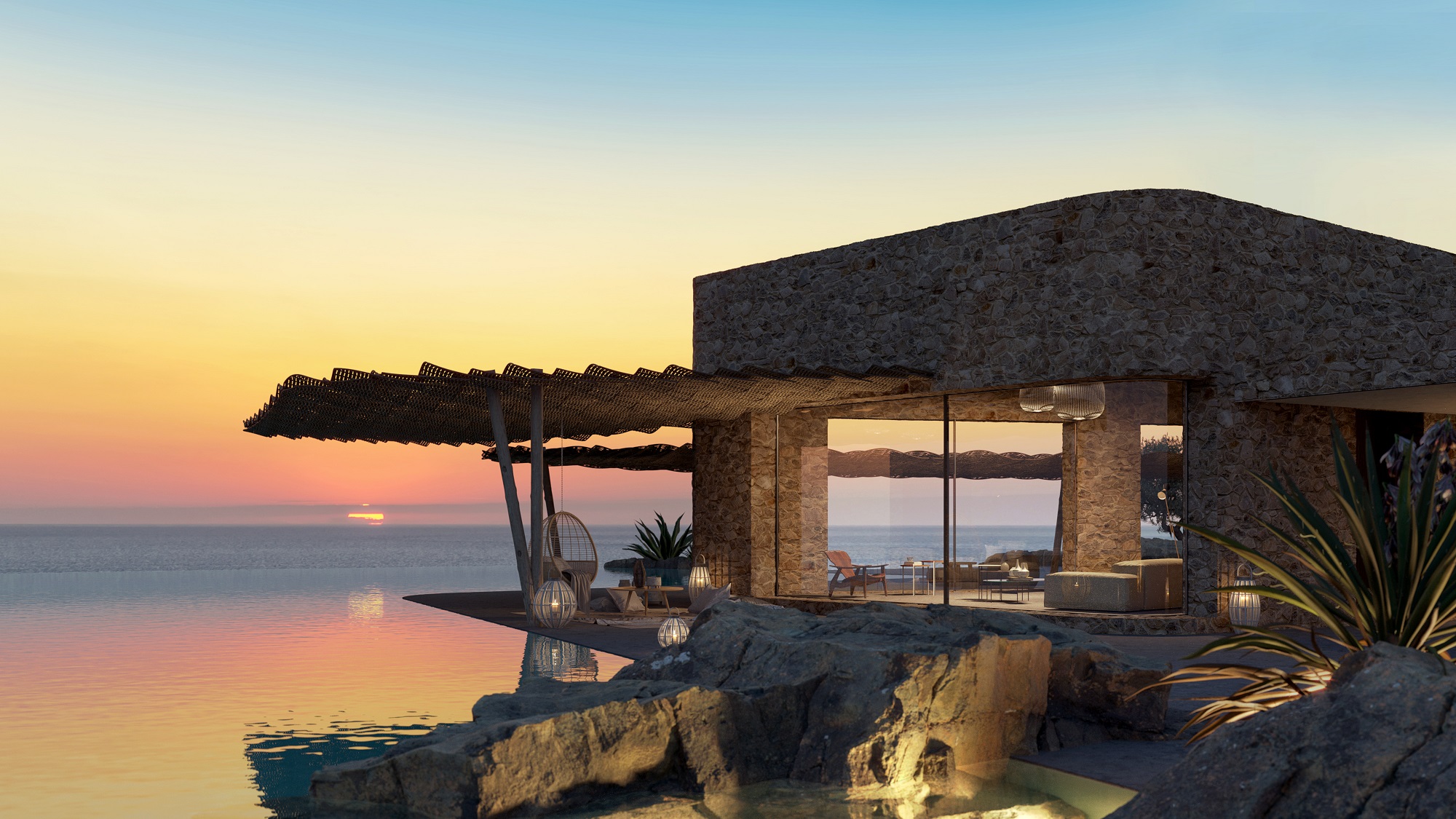As if straight from a science fiction movie, Finnish architect Matti Suuronen’s round, prefabricated Futuro or Futuro Pod, originally intended to accommodate skiers at ski resorts, is now a collector’s item, both for its shape and its Hollywood-style front door.
In the late ’60s and early ’70s, about 100 Futuro were built, mainly due to the fact that, in post-war Finland, faith in technology, the conquest of space, unprecedented economic growth and increased leisure time created the need for a new-age transformation. The new ski cabin, which would heat up quickly and could be easily constructed on uneven ground, could be mass-replicated and integrated into almost any environment.
The material chosen for the project –polyester plastic reinforced with fibreglass- was familiar to Suuronen, having previously been used in the design of a large plastic dome for the roof of a grain silo in Seinäjoki. To facilitate transportation, the house consisted of 16 elements that were screwed together to form the floor and roof. It could be built on site, or disassembled and assembled in two days, or even transported to the site in question by helicopter.
In an excerpt from an architectural magazine of the time, it is mentioned that Futuro was the first model of a series of holiday homes that could be erected in very cold mountains or even by the sea, with a surface area of 50sqm, licensed in 5o countries and already mass-produced in the United States, Australia and Belgium. However, in the mid 70s, Futuro was banished from the market. Its innovative appearance and alien material resulted in it being treated as almost “hostile” by a public that could not tolerate something so unnatural being integrated amidst the peerless beauty of the natural environment.
The first Futuro house built near lake Puulavesi in Finland caused public protest, while in the United States Futuros were banned by decree. In addition, banks were reluctant to finance them and as a result, several customers who had put down $1000 deposit to buy them backed out, losing their money.
The oil crisis of 1973 led to a sudden halt in the production of plastics, as they became too expensive to produce. Furthermore, society began to change its view on this material, growing increasingly concerned about ecological issues. All this contributed to the definitive discontinuation of the Futuro.
Today, about 60 of the original Futuro houses survive, mostly privately owned, except for two. These are the very first ever made, number 000, part of the collection of the Museum Boijmans Van Beuningen in Rotterdam, the Netherlands and the second Futuro, number 001, which belongs to the WeeGee exhibition centre in Espoo, Finland.
The rest of these “space” houses are scattered around the world, while one of these rare acquisitions was found in the collection of business man and collector Mr Dakis Ioannou in the garden of a holiday home in Corfu.
Other Futuros, either in operation or abandoned -what matters is that they managed to survive- are found in Australia, Denmark, Estonia, Finland, France, Germany, Japan, New Zealand, Norway, Russia, Sweden, South Africa, Taiwan, the United Kingdom and the United States.
In fact, one of them, located in Joshua Tree in California, USA, was converted into an Airbnb, while the UK’s only Futuro was part of an exhibition at Matt’s Gallery in London until December 2014.
Through Google, Futuro enthusiasts maintain detailed maps to track changes in the locations of the remaining houses, as well as websites to follow any relevant developments. After all, the truth is out there.



